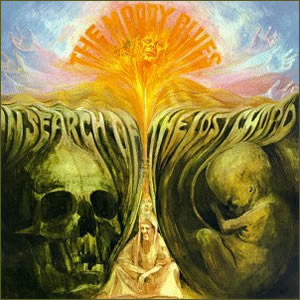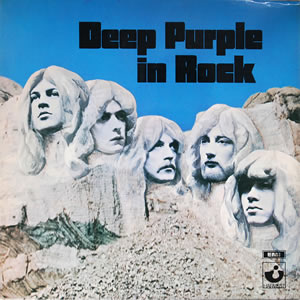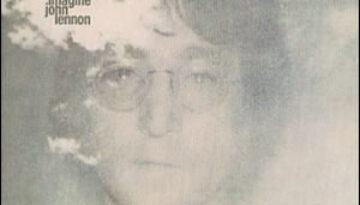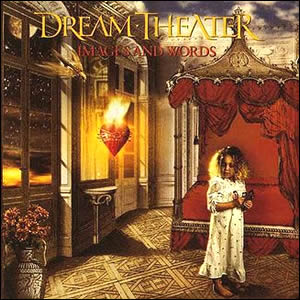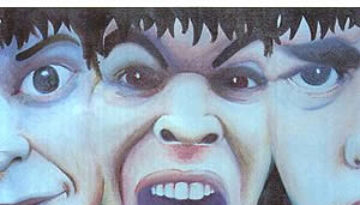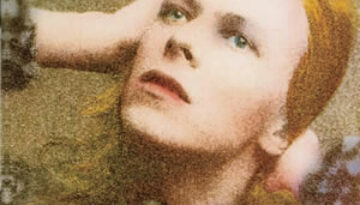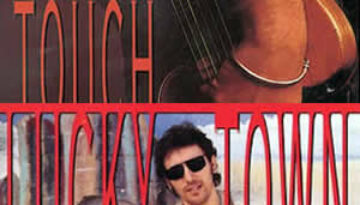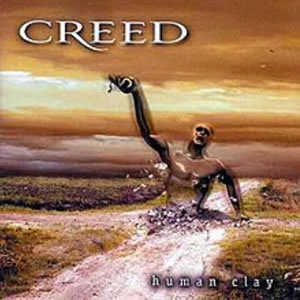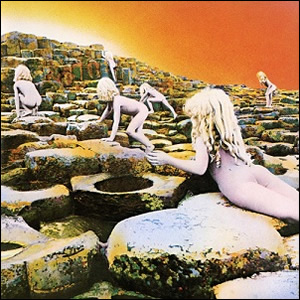In Search of the Lost Chord
by The Moody Blues
Buy In Search of the Lost Chord In Search of the Lost Chord is a deeply philosophical album by The Moody Blues, built around the concepts of quest and discovery. Musically, the album […]

